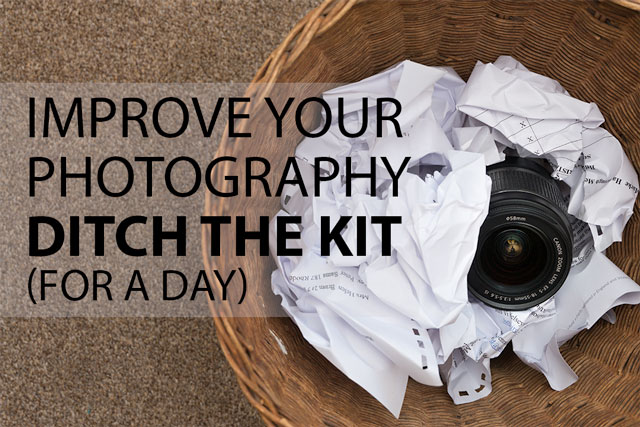Improve your photography – Ditch the kit (for a day)
In this article I want to look at why using a different lens to the one that came with your camera might be a good idea. I'm not going to go into details about the quality of the lens - most 'kit' lenses sold with cameras today are perfectly fine.
Rather, I want to look at how restricting yourself to using a lens or focal length you don't normally use much can help you hone your photographic technique.
The vast majority of photographers mostly use the lens that was bundled with the camera when they bought it. And most of the time they photograph with the lens set to its widest setting (fully zoomed out).
Now, there is nothing particularly wrong with this, and you can certainly capture great photos this way. However, it gets you into the rut of only seeing photos from one perspective. By using a lens with a different focal length, that you don't commonly use, it can help you see photographic opportunities that you were previously missing.
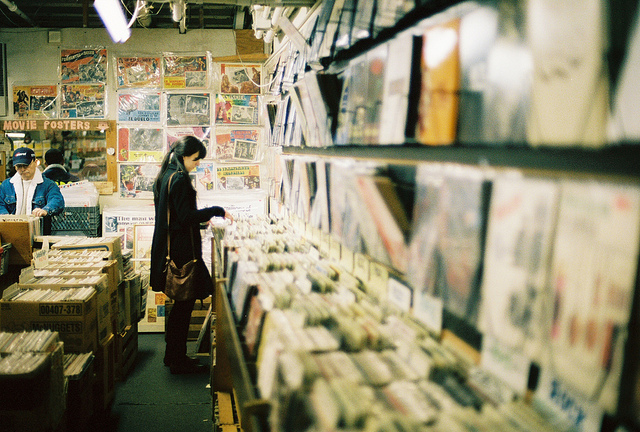
In your ear by Chase Elliott Clark on Flickr (licensed CC-BY)
You don't necessarily have to actually use a different lens for this exercise. If you normally use your kit lens at 18mm, you could just zoom it to 50mm. You might want to put a bit of tape over the zoom ring to dissuade yourself from unzooming the lens.
Similarly, if you have a camera with a built-in lens, you can just try and make sure you always zoom the lens to a specific focal length before taking any photos.
The focal length to choose to shoot at is entirely up to you. You want something that is quite different to what you normally use for your photography though.
A 50mm focal length makes a good choice for most people used to taking photos using a wide angle. 50mm lenses are available offering a large maximum aperture (e.g. f/1.8) relatively cheaply. This allows you not only to experiment with a change in angle of view, but allows you to try shots with a shallow depth of field too. (Something tricky to achieve with a kit lens zoomed out to its widest focal length).
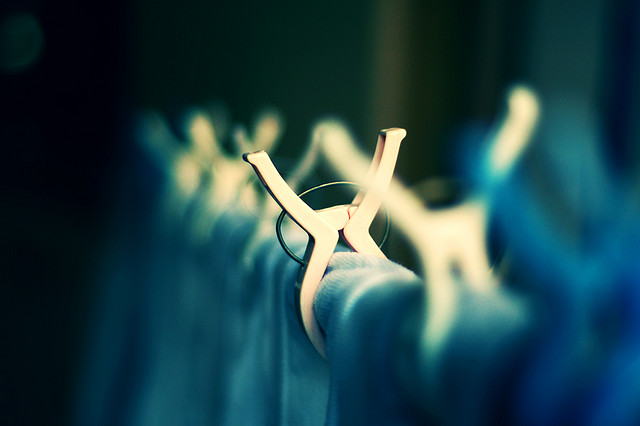
Cliff Hanger by Sherman Geronimo-Tan on Flickr (licensed CC-BY)
When you first start trying to take photos only using a single focal length, you will probably find it pretty tricky. Your mind is used to 'seeing' at the focal length(s) you normally shoot at. You need to force yourself to look for the photos that you don't normally see.
You may come across a scene and think that it really needs a wide angle to get everything in. Well, you could 'zoom with your feet' and walk further back to frame up the shot. But a better idea is to look for the details in the scene. What is it in the scene that really attracts your attention?
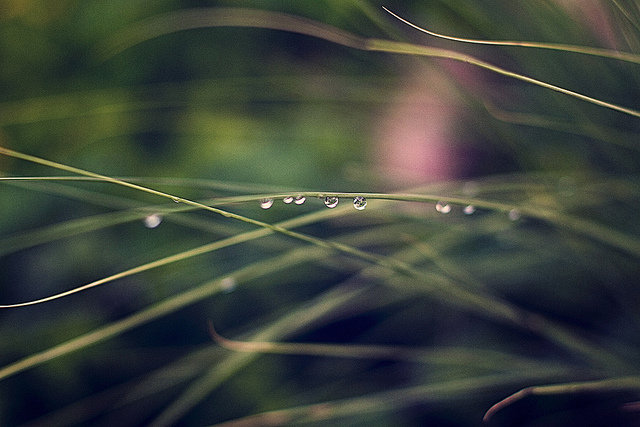
dew drops by Rajesh Kumar on Flickr (licensed CC-BY)
By focusing in on the main interest, and excluding extraneous parts of the scene, you will end up with a stronger image. Using a focal length you're not used to stops you from being lazy, and makes you really think about how to best frame up the shot.
If you want something to appear larger in the frame when using a fixed focal length, you can't just zoom in. You have to move physically closer to the subject. (Or the opposite for if you want to fit more into the frame). Putting this into practice is a great way to understand how your distance from the subject affects perspective.
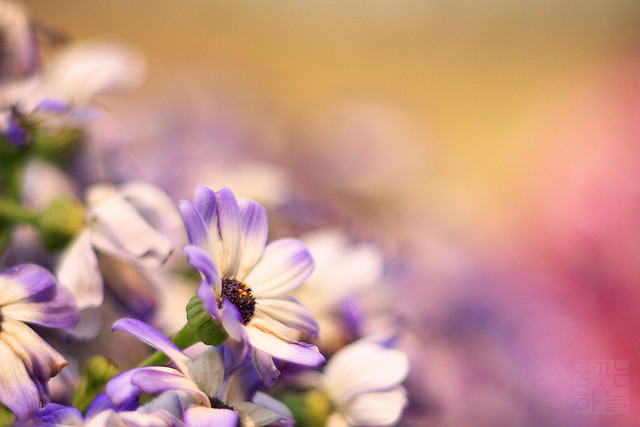
Pink song by Dhilung Kirat on Flickr (licensed CC-BY)
Now, it's not to say that using a single focal length that you wouldn't normally use much will necessarily result in better images than you would have got otherwise. The main idea is not to get better photos 'right now'. But rather to train your mind, so that in the future, you can 'see' the photos that you previously would have missed.
Having said that, using a focal length you're not used to does force you to think more about how to capture what you're seeing / feeling. And so you may well find that this does result in an immediately noticeable improvement in your photos.
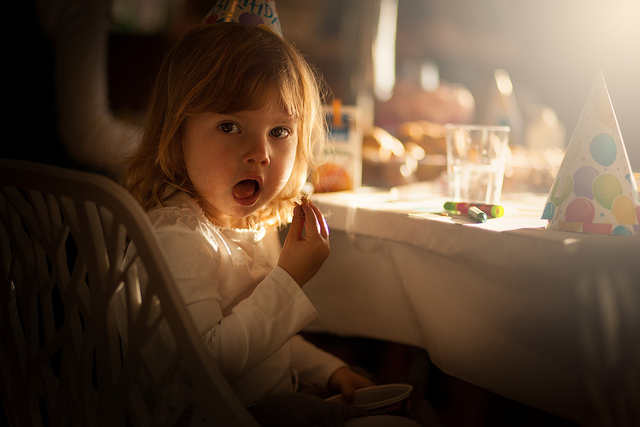
IMG_0025 by Aurimas on Flickr (licensed CC-BY-ND)
In some (rare) cases, it may be that whatever you're photographing just really doesn't work well with the particular focal length you've chosen to shoot at. In this case, just look around for a different subject that will work well. You might find an interesting subject you would otherwise have overlooked.
It can be a good idea to repeat this exercise at least once annually. Shooting with a fixed focal length for a day will help refresh your memory about the types of shot that particular focal length makes possible.
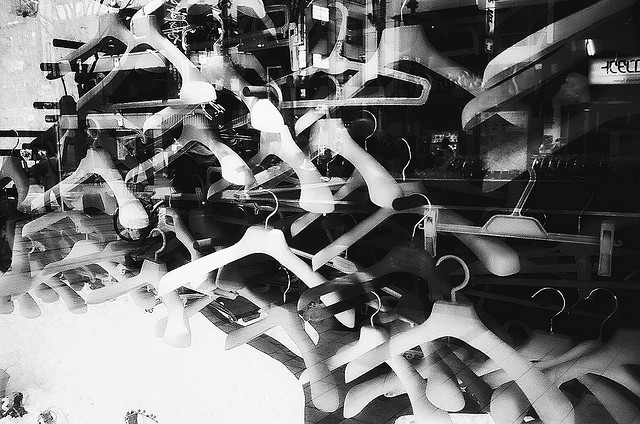
untitled by Takayuki Miki (三木貴幸) on Flickr (licensed CC-BY-ND)
By practising regularly it makes it much easier to envision / understand how a subject will look when photographed at certain focal lengths. This then helps you choose the most appropriate focal length to capture the image you see in your mind.
So, if you feel like your photography is becoming a bit stale and boring, and you're mostly shooting at one (or two) specific focal length(s), then give this a go. Try shooting at a fixed focal length for a day or two and see how it opens up photo opportunities you otherwise would have missed.
